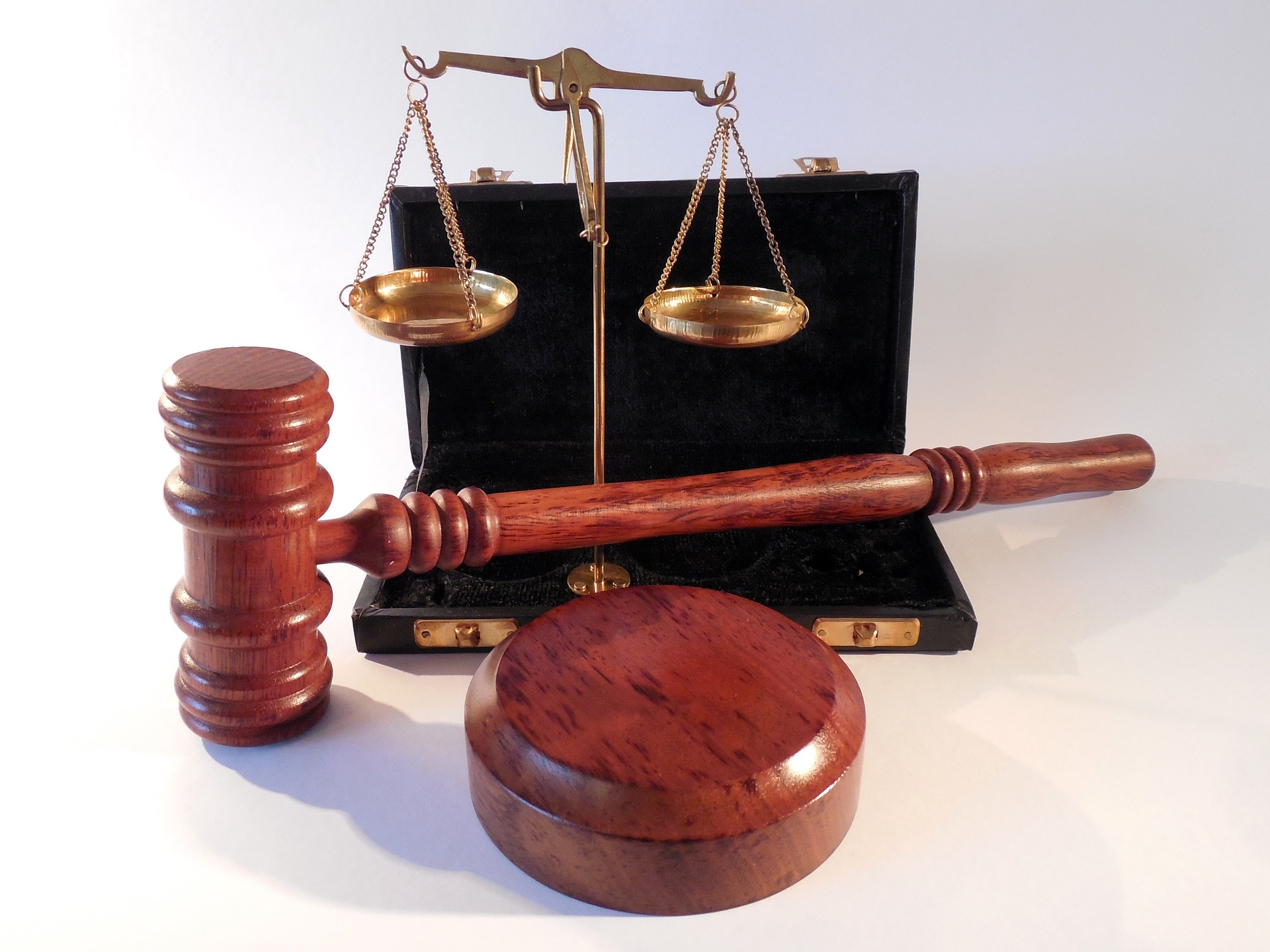This is a must-read Guide for young college students who care about real justice, fairness, and clear-thinking. It is an antidote to the Social Justice indoctrination that has become common in American universities, and increasingly starts in high schools and even middle schools.
This is not an easy time to be attending our nation’s colleges and universities.
The University of Vermont has recently scheduled racially segregated retreats: a leadership retreat for women of color, and an “Examining White Identity” retreat for white women. Apparently white women don’t need to learn to be leaders, they need instruction in knowing their place.
According to a recent poll of college students, “… a startling 19 percent … support the use of violence to silence speakers they find offensive….”
A lecturer at the University of Nebraska-Lincoln was reassigned after she had relentlessly bullied a conservative student. 50 students and professors turned out to protest… in favor of the bully.
At Evergreen State College, students organized a day in which white people were supposed to be absent from the campus. Ironically, the stated purpose of this event was to protest racism. Liberal professor Bret Weinstein voiced objection to the event, and initially decided to hold class on campus anyway. However, he ended up holding class off-campus. At one point, he tweeted, ““To be clear: the police told me I am not safe on campus. They cannot protect me. Students in jeopardy. No contact from admin.”
The Social Justice movement, a product of the left, is reaching a point of diminishing the thinking ability of college students. Here is an observation of Mark Lilla, progressive professor and author of the book, The Once and Future Liberal: After Identity Politics:
“As a teacher, I am increasingly struck by a difference between my conservative and progressive students. Contrary to the stereotype, the conservatives are far more likely to connect their engagements to a set of political ideas and principles. Young people on the left are much more inclined to say that they are engaged in politics as an X, concerned about other Xs and those issues touching on X-ness. And they are less and less comfortable with debate.
“Over the past decade a new, and very revealing, locution has drifted from our universities into the media mainstream: Speaking as an X…This is not an anodyne phrase. It sets up a wall against any questions that come from a non-X perspective. Classroom conversations that once might have begun, I think A, and here is my argument, now take the form, Speaking as an X, I am offended that you claim B. What replaces argument, then, are taboos against unfamiliar ideas and contrary opinions.”
In addition, according to Althea Nagai, of the Center for Equal Opportunity, “Many colleges and universities have race-based, social justice activist groups on campus, along with race-based dorms and dining groups, administrative offices of diversity, and faculty-student-run race-based centers for social activism. In some cases, “diversity consultants” are brought in to work with psychological counselors, campus administrators, general academic advisors, and dorm heads.
“But there is nothing in the current research to show that such programs work…. Research suggests they create more alienation and sense of apartness. The recent large-scale quantitative studies suggest that increased focus on ethnic/racial identity exacerbates the problems they are supposed to address. In other words, “social justice” and diversity programs may actually backfire, creating less inclusion, more polarization, and more findings of unconscious racism.”
My own interest in this topic was heightened when a college-age friend of the family recently began making anti-white statements, to the effect that “white people are inherently bad.” This is such a bizarre development, one may wonder if she has truly been brainwashed.
To be clear: I am opposed to anti-white racism, anti-black racism, and anti-any-color racism. Unfortunately, leftist Social Justice programs often promote anti-white racism, which is supposed to lead to “justice”.
So I am concerned about the direction our country is taking, and I feel that on the subject of race, we have lost our way. I am concerned for students who are just reaching an age of independence, who may be unduly influenced or even coerced into adopting a mindset that is damaging to them, as well as to our society.
Leftist “Social Justice” involves more than just race. However, because their number one method of attempting to induce guilt involves our country’s history of slavery and colonialism, and then this guilt is used to leverage their whole program, I will be emphasizing the black-white racial element of the SJ program in this guide.
You’re already off to a good start. To really understand the Social Justice phenomenon–and avoid being trapped by it–the next step is to understand what real Justice is. Just scroll down and click the link on the right.
